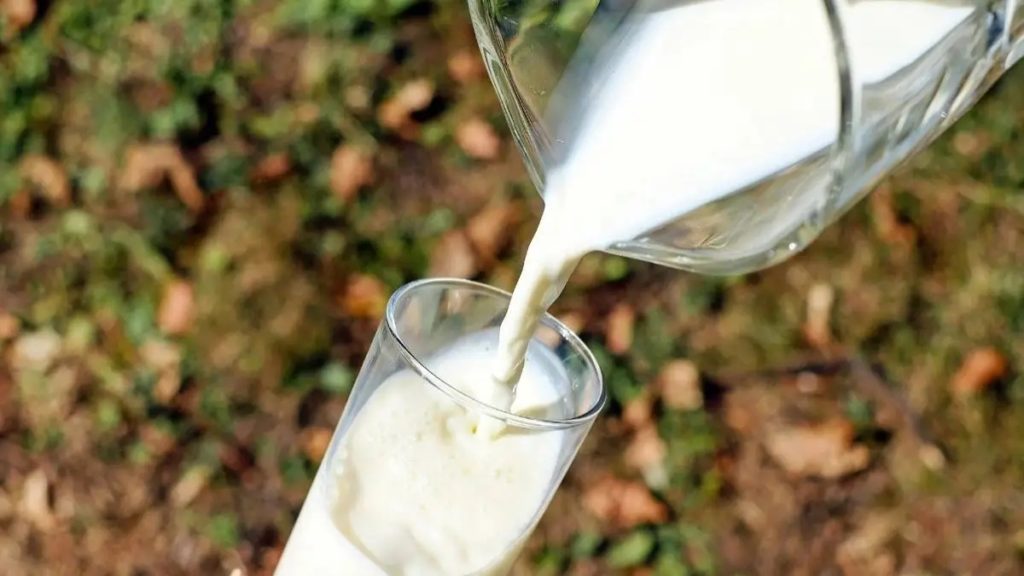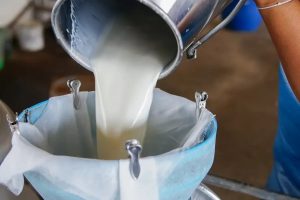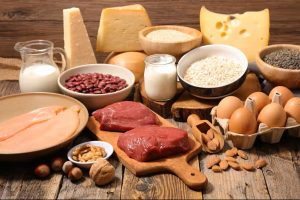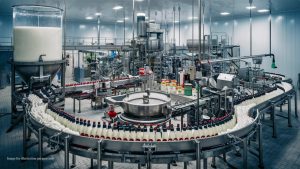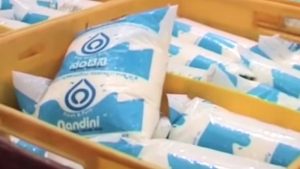
Milk prices will likely remain elevated through this summer, due to a supply crunch and high cost of feed, making ‘milk and products’ a key driver of inflation, when the generalised price pressures are expected to gradually ease. Low supplies and the drying up of stocks in the form of skimmed milk powder, butter and ghee could necessitate tariff reduction to facilitate imports.
Inflation in milk and products, which has significant weight of 6.61% in the consumer price index (CPI), has been rising since April last year and stood at 9.65% in February 2023. Organised players, including Mother Dairy and Amul, hiked milk prices multiple times in the last one year citing higher fodder cost, robust demand and some impact due to reports of lumpy skin disease.
Some dairy experts also attribute the current supply problems to the Covid-19-induced sudden demand contraction for a few months since March-April 2020. This led to a reduction in cattle population, stunting of the animals and constriction of milk output with a lag.
“We do not anticipate any reduction in milk prices till November,” RS Sodhi, president, Indian Dairy Association and former MD of Gujarat Cooperative Milk Marketing Federation, also known as Amul, told FE. Stability in milk prices is expected only by winter months, he says.
Manish Bandlish, MD, Mother Dairy Fruit & Vegetables, a wholly-owned subsidiary of National Dairy Development Board (NDDB), also the major milk supplier in Delhi-NCR, agrees. He said there would not be any respite from high milk prices in the next 6-8 months because of a sharp spike in the feed and raw material cost.
According to industry sources, feed cost, which has a share of more than 65% in the cost of production of milk, has increased to `20/kg from `8/kg a year ago.
The annual rate of fodder inflation based on the all-India Wholesale Price Index increased to 24% in February 2023 from 28.66% in December 2022. In January 2022, fodder inflation was recorded at 7.14% and since then, it has been rising steadily.
Milk inflation has been the second biggest factor after the high prices of cereals, such as rice and wheat, in driving up retail inflation in January and February 2023.
Experts say that the drop in milk production and cattle yield in the post-Covid period was significant. As demand from restaurants, hotels, weddings, sweet shops, etc crashed during the pandemic, prices had collapsed, which had led to dairies companies reducing procurement of milk from farmers.
According to officials, farmers during the pandemic period were paid around `22-23/litre for cow milk and `32-33/litre for buffalo milk, prices which barely covered cost.
Currently, dairies are paying farmers `37-38/litre for cow milk and `52-53/litre for buffalo milk. “Yet we are unable to procure in substantial quantity of milk,” a private dairy player said.
“With the demand rising steadily in the post-Covid phase, supply failed to match up, pushing up prices,” Sodhi said. The lumpy skin disease reported in many key milk-producing states also disrupted the supplies and transportation of animals.
“We have been witnessing a significant increase in demand for milk and milk products from both consumers and institutions, even after festivals. On the other hand, procurement of raw milk has not picked up after Diwali as was anticipated,” according to a Mother Dairy note.
Meenesh C Shah, chairman, NDDB, had earlier stated that fodder and feed costs have increased by 25% in the last one year and there was some drop in milk production in a few pockets because of the spread of lumpy skin disease among livestock population.
